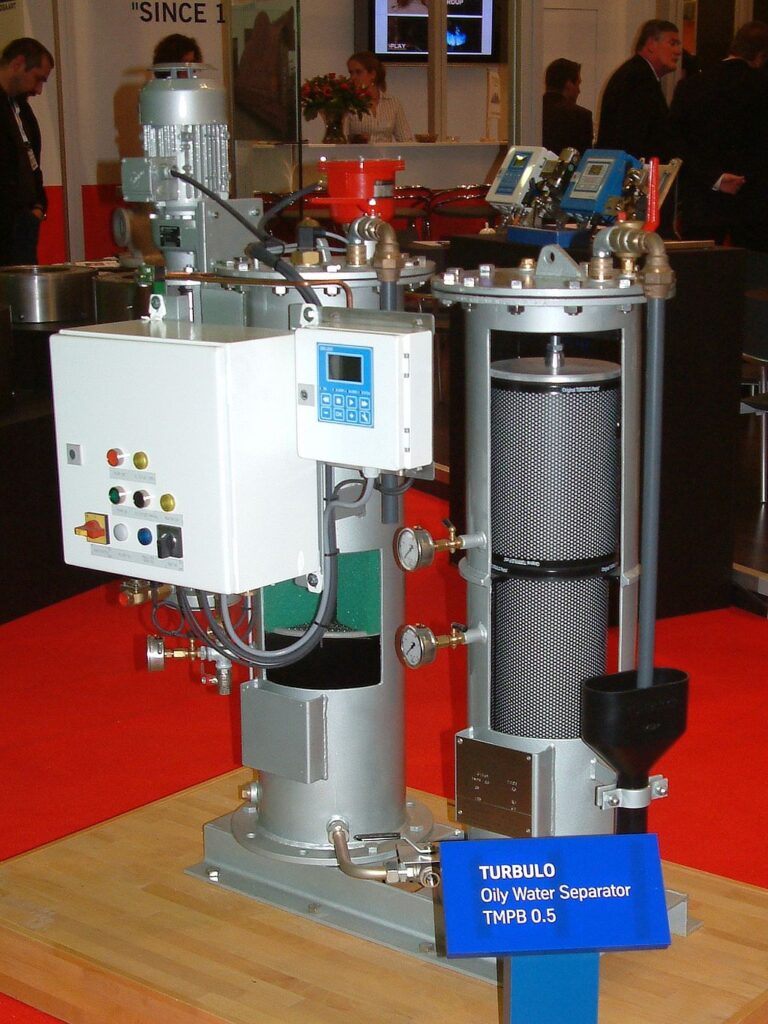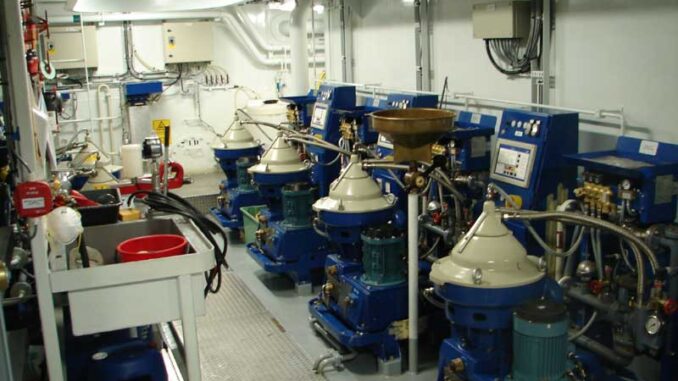
Oil separation is a process of separating oil from water or other liquids. The process is used in a variety of industries, such as the petroleum refining, chemical manufacturing, and food processing industries.
Oil separation is a critical component of many industrial processes, as it ensures the cleanliness of product and reduces the risk of contamination. The seven principles of oil separation are designed to ensure effective and efficient oil separation.
They are: gravity separation, coalescence, adsorption, coalescence and adsorption, filtration, membrane separation, and centrifugation.
This article will discuss each of these principles in detail, as well as provide examples of their use in oil separation.
Gravity Separation
Gravity separation is one of the oldest and most commonly used methods of oil separation. The principle of gravity separation is based on the fact that oil is less dense than water, meaning it will rise to the top of a mixture of water and oil. This phenomenon can be used to separate oil and water in a process known as decantation.
Decantation involves allowing the two liquids to settle in a container. After some time, the oil will rise to the top, while the denser water will settle to the bottom. The oil can then be skimmed off the top of the container. This method is used in a variety of industries, such as the petroleum refining industry, to separate crude oil from water.
Coalescence
Coalescence is another common method of oil separation. This process relies on the fact that oil droplets suspended in water will eventually form larger droplets due to the attraction between them. This is known as coalescence. The larger droplets are more buoyant than the smaller droplets and will therefore rise to the top of the container.
This process can be accelerated by the addition of surfactants, which reduce the surface tension of the oil droplets and make them more likely to coalesce. Once the droplets have coalesced, they can be skimmed off the top of the container. This process is used in the production of biodiesel to separate the glycerin from the fuel.
Adsorption
Adsorption is a process by which oil droplets are attracted to a surface, such as a solid particle or an activated carbon filter. The surface is said to be adsorbed with oil, and the droplets are trapped on the surface.
Adsorption can be used to separate oil and water, as the oil droplets will be attracted to the surface of the solid or filter, while the water will pass through. This process is commonly used in the food processing industry to separate edible oils from water.
Coalescence and Adsorption
Coalescence and adsorption can be combined to create a more efficient oil separation process. This process combines the two principles to form larger droplets of oil, which can then be adsorbed onto a surface. This process is commonly used in the production of biodiesel, as it allows the glycerin to be easily separated from the fuel.
Filtration
Filtration is another common method of oil separation. In this process, a filter is used to trap oil droplets in a fine mesh, allowing the water to pass through. This process is used in a variety of industries, such as the chemical manufacturing industry and the food processing industry.
Membrane Separation
Membrane separation is a process in which a membrane is used to separate oil and water. The membrane acts as a physical barrier, allowing water molecules to pass through, while trapping oil molecules on the other side. This process is used in the petroleum refining industry to separate crude oil from water.
Centrifugation
Centrifugation is a process in which a centrifuge is used to separate oil and water. In this process, the two liquids are spun at high speeds in a centrifuge, allowing the denser liquid (water) to settle to the bottom, while the lighter liquid (oil) rises to the top. This process is commonly used in the petroleum refining industry to separate crude oil from water.
Conclusion
Oil separation is an important process in a variety of industries, as it ensures the cleanliness of product and reduces the risk of contamination. The seven principles of oil separation are designed to ensure effective and efficient oil separation.
These principles include gravity separation, coalescence, adsorption, coalescence and adsorption, filtration, membrane separation, and centrifugation. Each of these principles have their own advantages and disadvantages, and can be used in various industries, such as the petroleum refining, chemical manufacturing, and food processing industries.
Click on picture for America’s Crate! Check out these Amazing American Environmental Entrepreneurs! Don’t forget that the promo code OTIS unlocks big big savings!
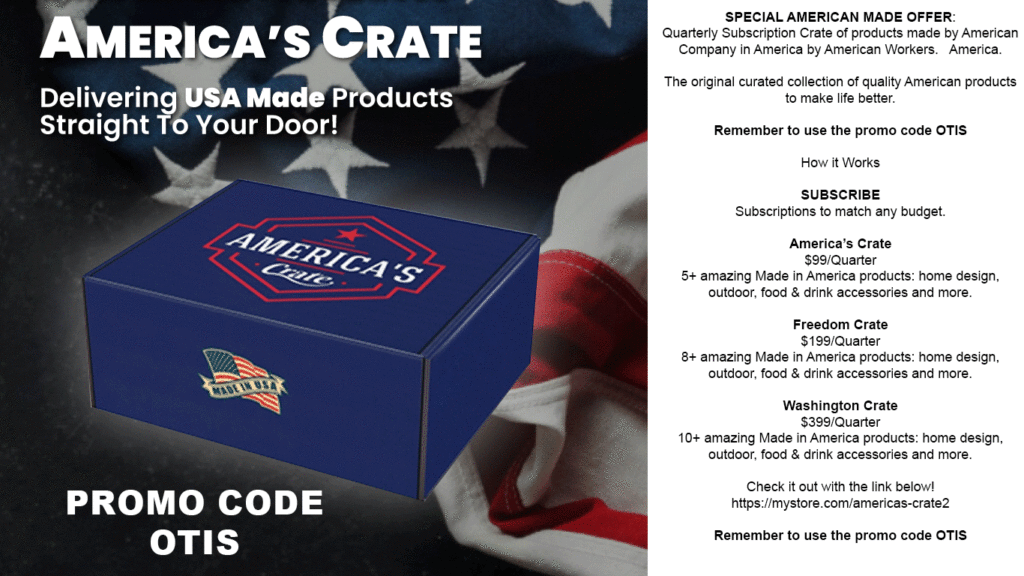
Submit your Article Ideas to The Crude Life! Email studio@thecrudelife.com
About The Crude Life
Award winning interviewer and broadcast journalist Jason Spiess and Content Correspondents engage with the industry’s best thinkers, writers, politicians, business leaders, scientists, entertainers, community leaders, cafe owners and other newsmakers in one-on-one interviews and round table discussions.
The Crude Life has been broadcasting on radio stations since 2012 and posts all updates and interviews on The Crude Life Social Media Network.
Everyday your story is being told by someone. Who is telling your story? Who are you telling your story to?
#thecrudelife promotes a culture of inclusion and respect through interviews, content creation, live events and partnerships that educate, enrich, and empower people to create a positive social environment for all, regardless of age, race, religion, sexual orientation, or physical or intellectual ability.
Sponsors, Music and Other Show Notes
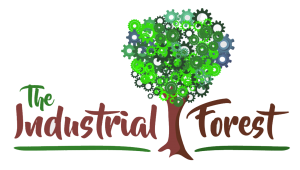
Studio Sponsor: The Industrial Forest
The Industrial Forest is a network of environmentally minded and socially conscious businesses that are using industrial innovations to build a network of sustainable forests across the United States.
Weekly Sponsor: Stephen Heins, The Practical Environmentalist
Historically, Heins has been a writer on subjects ranging from broadband and the US electricity grid, to environmental, energy and regulatory topics.
Heins is also a vocal advocate of the Internet of Everything, free trade, and global issues affecting the third of our planet that still lives in abject poverty.
Heins is troubled by the Carbon Tax, Cap & Trade, Carbon Offsets and Carbon Credits, because he questions their efficacy in solving the climate problem, are too gamable by rent seekers, and are fraught with unreliable accounting.
Heins worries that climate and other environmental reporting in the US and Europe has become too politicized, ignores the essential role carbon-based energy continues to play in the lives of billions, demonizes the promise and practicality of Nuclear Energy and cheerleads for renewable energy sources that cannot solve the real world problems of scarcity and poverty.
Look at what’s happened to me.
I can’t believe it myself.
Suddenly I’m down at the bottom of the world.
It should have been somebody else
Believe it or not, I’m walking on air.
I never thought I could feel so free-e-e.
Barterin’ away with some wings at the fair
Who could it be?
Believe it or not it’s just me
The Last American Entrepreneur
Click here of The Last American Entrepreneur’s website
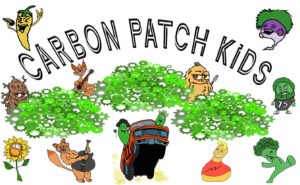
Studio Email and Inbox Sponsor: The Carbon Patch Kids
The Carbon Patch Kids are a Content Story Series targeted for Children of All Ages! In the world of the Carbon Patch Kids , all life matters and has a purpose. Even the bugs, slugs, weeds and voles.
The Carbon Patch Kids love adventures and playing together. This interaction often finds them encountering emotional experiences that can leave them confused, scared or even too excited to think clearly!
Often times, with the help of their companions, the Carbon Patch Kids can reach a solution to their struggle. Sometimes the Carbon Patch Kids have to reach down deep inside and believe in their own special gift in order to grow.
The caretakers of Carbon Patch Kids do their best to plant seeds in each of the Carbon Patch Kids so they can approach life’s problems with a non-aggressive, peaceful and neighborly solution.
Carbon Patch Kids live, work and play in The Industrial Forest.
Click here for The CarbonPatchKids’ website

Featured Music: Alma Cook
Click here for Alma Cook’s music website
Click here for Alma Cook’s day job – Cook Compliance Solutions
For guest, band or show topic requests, email studio@thecrudelife.com
Spread the word. Support the industry. Share the energy.

